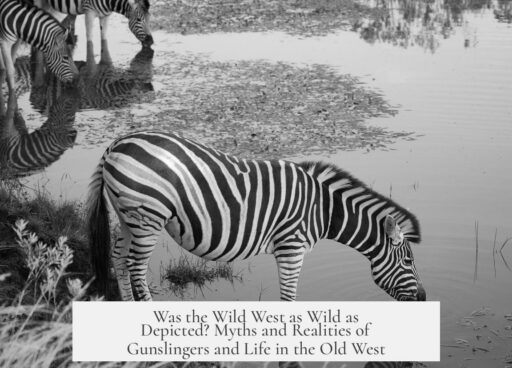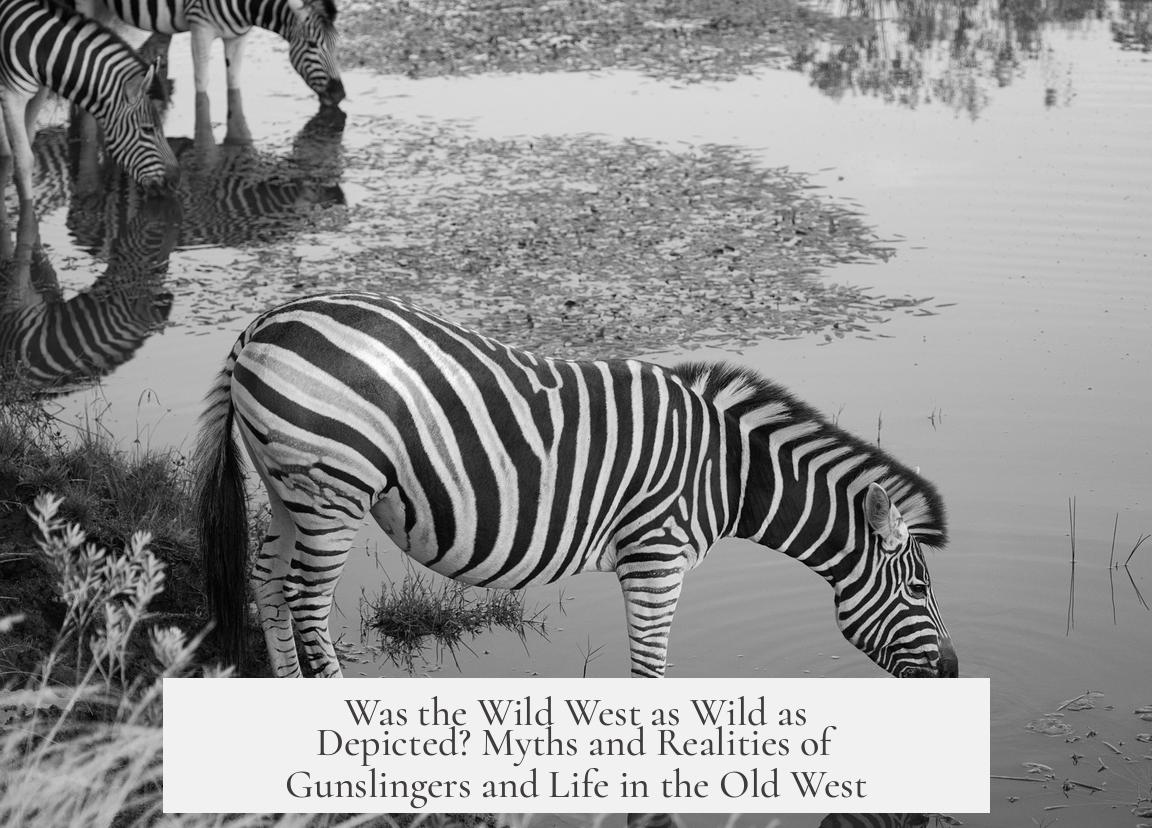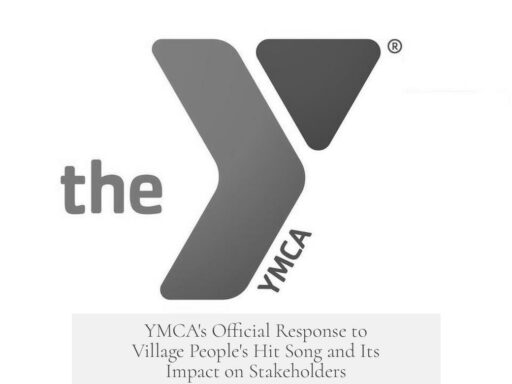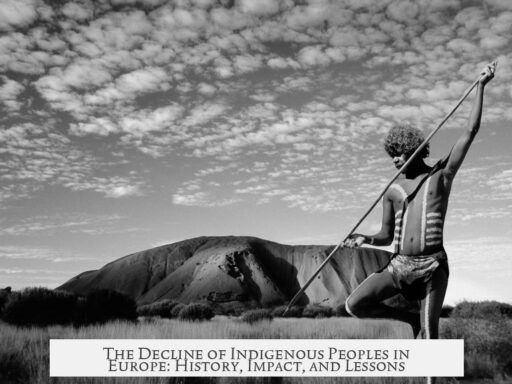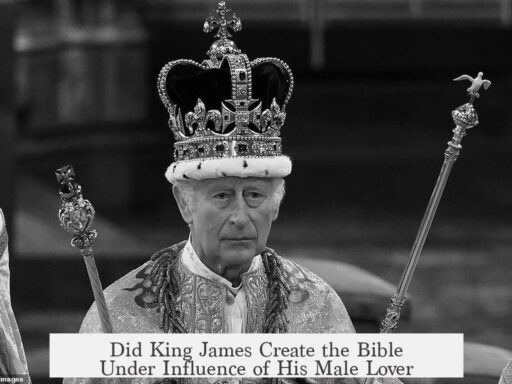The Wild West was not as “wild” as often depicted in popular culture. Most tales of gunslingers and high-noon duels are exaggerated or mythical. Actual gunfights were rare, and the crime rates in frontier towns were lower than in many Eastern cities. The so-called “wildness” arose more from cattle rustling, range wars, and sensationalized dime novels than from widespread lawlessness.
The iconic image of the Wild West features intense gunfights between quickdraw duelists. However, historical records show that high-noon duels essentially never occurred. There are only a few incidents somewhat resembling such a duel, and even those differ in key details. Gunslingers were not the honorable sharpshooters Hollywood portrays but closer to ruthless criminals. They often ambushed victims or shot defenseless men, rather than engaging in fair gunfights.
Bank robberies, a staple of Western movies, were surprisingly rare. During the entire frontier era, credible records list fewer than five bank robberies. Outlaws preferred robbing stagecoaches or trains far from town where law enforcement was weaker. Conversely, cattle rustling was a major source of violence and conflict. Cattle ranchers hired armed men to protect their herds, which escalated into small skirmishes and long-lasting range wars between rival groups.
Contrary to popular belief, the crime rates in many frontier towns were lower than those in the Eastern cities of the same period. Frontier settlements were usually small, sparsely populated, and involved mostly hardworking settlers or farmers. The “wild” label referred to the untamed wilderness itself rather than rampant crime or chaos. Most towns had strict gun control laws forbidding carrying weapons in town limits. Even cowboys, often portrayed with pistols, typically did not carry them, relying instead on rifles if armed at all.
- Guns in towns were often banned under local laws.
- Many employers, like rancher Charlie Goodnight, forbade pistols among workers to prevent trouble.
- The average settler was a frontiersman focused on establishing farms or services, not an outlaw.
The mythology of a violent Wild West grew largely due to dime novels and entertainment. Toward the late 1800s, dime novels—which were inexpensive, fast-written adventure stories—popularized exaggerated portrayals of gunslingers and dangerous adventures. These stories laid the foundation for the myths that Hollywood later expanded.
Buffalo Bill’s Wild West shows further cemented these images. William F. Cody, a Civil War veteran and sharp shooter, created traveling shows featuring staged gunfights, Indian battles, and cowboy stunts. These performances were designed more for spectacle than accuracy, reinforcing the image of the “wild” frontier filled with constant conflict.
In some towns like Palisade, staged gunfights and re-enactments were performed to entertain railroad passengers. These events evolved into elaborate spectacles with fake train robberies, Indian raids, and cavalry defenses. The townspeople, military, and local Native American groups all participated in creating this “Wild West Disneyland” experience.
| Aspect | Common Myth | Historical Reality |
|---|---|---|
| Gunfights | Frequent quickdraw duels in town | Extremely rare; usually ambushes or outlaws shooting defenseless victims |
| Bank Robberies | Common and dramatic holds-ups | Very rare; outlaws targeted trains and stagecoaches instead |
| Crime Rates | High and out of control | Lower than Eastern cities; strict gun laws in towns |
| Cowboy Armament | Always carried six-shooters | Mostly rifles; pistols discouraged or banned on many ranches and towns |
| Wild West Shows | Accurate portrayal of frontier life | Staged entertainment designed to thrill, not educate |
Overall, the Wild West’s “wildness” is more a product of myth than fact. Most stories grew from dime novels, staged shows, and cinematic depictions. The real frontier was challenging and often dangerous, but not a nonstop battleground of gunfights and robberies. Life mostly revolved around farming, ranching, and building communities under harsh conditions.
- High-noon shootouts are largely fictional, with very few real examples.
- Cattle rustling caused actual conflicts, sometimes escalating to range wars.
- Real gun control laws existed; carrying pistols in towns was often banned.
- Dime novels and Buffalo Bill’s shows greatly shaped the wild West myth.
- Actual crime rates were lower than in Eastern cities of the time.
Was the Wild West Actually as “Wild” as is Depicted?
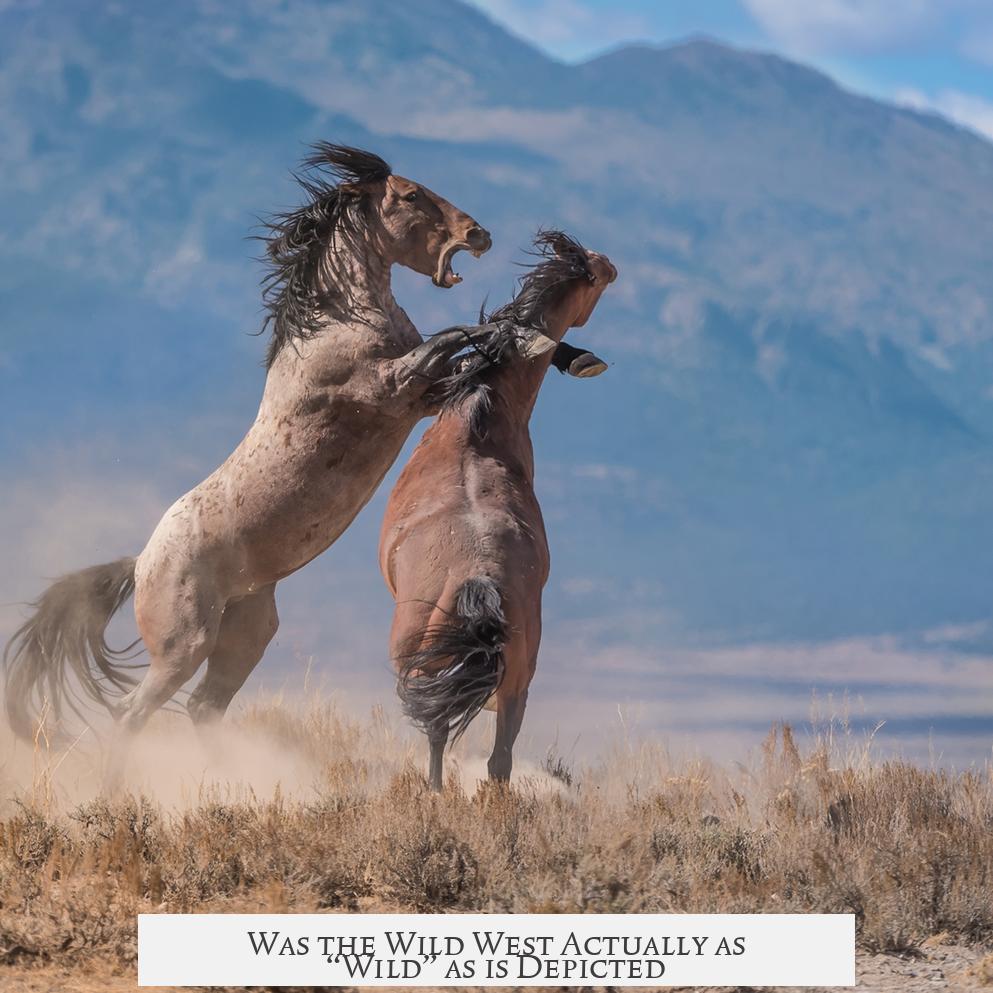
If you picture the Wild West, you might imagine lightning quick drawdowns at high noon, dramatic shootouts, and rugged cowboys striding through dusty streets with pistols holstered and spurs jingling. But was it really as wild as Hollywood, dime novels, and Buffalo Bill’s shows would have you believe? The answer is a bit of a reality check: the Wild West was far less wild and far more mundane than popular culture suggests.
Setting the Record Straight on Gunslingers and Gunfights
The iconic image of the gunslinger—the earth-shaking quickdraw duel, pistols blazing under the hot sun—is mostly a myth that grew out of entertainment, not history.
Contrary to the thrill-inducing scenes in movies, actual gunslingers were rare, and when they existed, they acted more like ordinary criminals than heroes. Many simply preyed on the inexperienced, shooting men in the back rather than engaging in honorable duels. In fact, there were only one or two high noon-style duels that loosely resemble these showdowns—and even those don’t entirely fit the bill.
The legendary “quickdraw” duel—a showdown where two sharpshooters face off in a formal contest—never truly happened. Across the entire history of the West, only two or three incidents somewhat resembled such duels, but in each case, other circumstances disqualify them from being classic quickdraws.
In reality, violence was often less theatrical. Murders tended to happen in the shadows, sometimes outside town limits, often over disputes like cattle rustling, not on main streets surrounded by cheering townsfolk. So, if you’re waiting for a high-stakes, elevator-music-worthy showdown, you might just be disappointed.
Cattle Rustling and Range Wars: The Real Spark of Violence
So what did lead to violence? One real cause was cattle rustling. The cattle business thrived and quickly turned cutthroat. Ranchers knew each other, sometimes well, but the competition ran so deep that unscrupulous players hired men to steal cattle. On the receiving end, ranchers hired guards. What started as minor conflicts escalated into small armies battling over territory and livestock.
These “range wars” sometimes boiled over into murder, usually of rustlers caught in the act or witnesses who could testify against them. While not the romanticized town square gunfight, these skirmishes shaped a rough, violent reality on the frontier.
Bank Robberies: A Surprising Rare Event
A fun fact: bank robberies, which are staples of Western movies, were very rare in the actual Wild West. Over the entire era, only a handful of credible bank heists happened—reports say about four or five.
Bandidos preferred hitting stagecoaches and trains, which were more lucrative and less protected than solid stone banks nestled in towns. So when you see a Western movie bank robbery, remember it’s more fiction than fact.
Comparing Crime Rates: Wild West Towns vs Eastern Cities
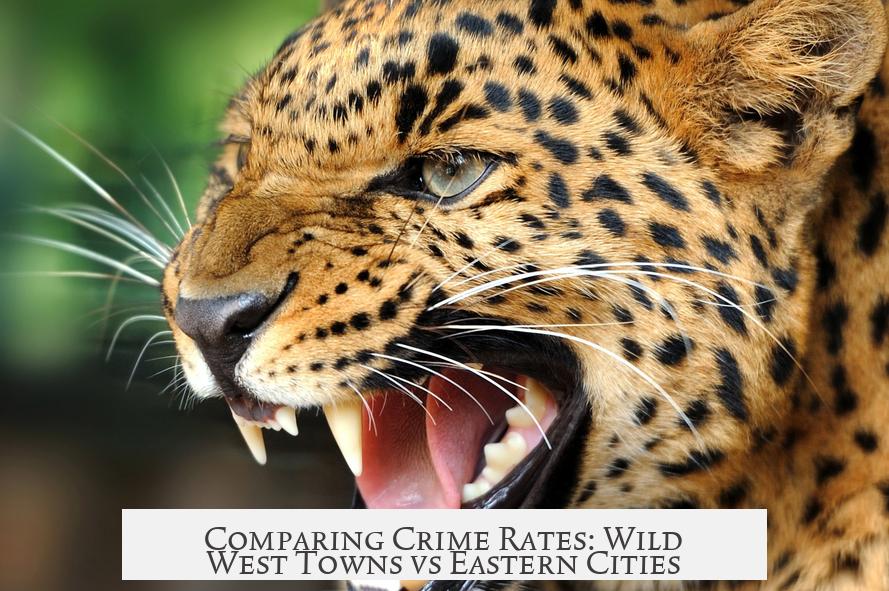
Here’s a twist you might not expect: Eastern cities of the same period often had far higher rates of crime and violence than small frontier towns.
The average Wild West town was mostly quiet, with crime rates low compared to the densely populated urban areas back east. So “wild” wasn’t so much about crime as it was about the wilderness, the untamed land, and the challenge of lifelong survival.
The Birth of the Wild West Myth: Dime Novels, Shows, and Hollywood
So, how do we get such a wildly inaccurate picture? The answer lies in popular culture. Around the turn of the 20th century, as the frontier faded, cheap thrill-seeking entertainment started to define the Wild West. Enter the “dime novels”—readily available, low-cost adventure stories, sometimes called “penny dreadfuls.”
These novels, rapidly and poorly written to keep costs and turnaround low, were wildly popular. They created the first exaggerated trope of the sharpshooting Cowboy hero. Dime novels set the foundation, dramatizing every gunfight, cattle raid, and adventure with extra flair.
Then came Buffalo Bill’s Wild West Shows, which practically exported the myth to the world. Buffalo Bill Cody was a real soldier and frontiersman but also a master showman. He created traveling spectacles featuring reenacted cowboy adventures, sharpshooting demonstrations, and staged Indian attacks that roused audiences and cemented the mythos.
Even towns played along. Take Palisade, for example. In the late 1870s, to impress rich eastern tourists passing by on the railroad, residents staged gunfights and dramatic “bank robberies.” This went from a single pistol duel to a full-on “Wild West Disneyland,” complete with all the clichés—Indians, cavalry skirmishes, and train robberies. And everyone—from townsfolk, the military, and even Native Americans—collaborated in the spectacle.
Life Beyond the Myth: The Average Person in the Old West
Behind the dramatized gunfire were everyday people—frontiersmen and women trying to carve out a life in a sparsely populated, uncultivated land. Settlers were mostly farmers or tradespeople providing services to those farmers.
The term “Wild West” originally meant the land was “wild” as in raw and untamed—not that the towns were rife with constant violence.
The Truth About Guns
A widespread misconception is that everyone in the West strapped a six-shooter to their hip, ready to shoot at a moment’s notice. That’s false. In many towns, carrying weapons was actually illegal.
Even actual cowboys—usually cattle ranch hands—didn’t often carry pistols. Rifles served them better on the range, and some employers, like the famous rancher Charlie Goodnight, forbade their workers from owning handguns, seeing them as trouble magnets.
Most Western towns enforced strict gun control laws. Some places had regulations stricter than modern-day standards. So the “everyone’s packing heat” trope is more Hollywood than history.
Wrapping Up: Was The Wild West Really Wild?
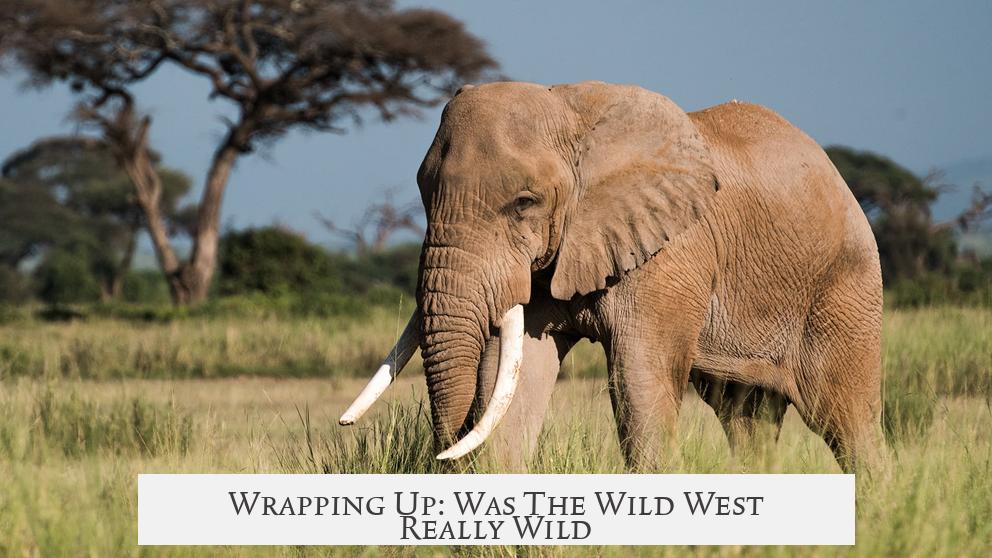
In short: The Wild West was less an untamed hellscape of constant shootouts and more like a sparsely populated frontier with occasional violence rooted in real economic conflicts, mostly cattle-related. It’s true that the land was “wild” in terms of wilderness, but towns themselves practiced order and law, and most people lived quiet lives.
The enduring “wild” image comes from dime novel exaggerations, traveling shows, and later Hollywood films. These created a legendary tableau that only loosely, if at all, reflects historical truth.
So next time you binge-watch a spaghetti Western or thrill to a Wild West novel, remember: behind the glam and gunfire lies the reality of people farming, trading, and making a go of things in an uncultivated, often challenging land—not always quite as wildly lawless as we imagine.
Got Thoughts? Catch that quickdraw pistol lying on the table and fire away in the comments! Was the Wild West more “Mild West” in your mind?
1. Were quickdraw duels and high noon gunfights common in the Wild West?
No. The iconic quickdraw duel is a complete myth. Only 2-3 loosely similar incidents occurred, but none match the popular image. Most violence was less dramatic and not public showdowns at high noon.
2. How frequent were bank robberies in the Wild West?
Bank robberies were very rare. There are only about 4-5 credible reports in the entire history of the West. Bandits preferred robbing stagecoaches or trains far from towns.
3. Did most people in Wild West towns carry guns openly?
Few people carried pistols. Many towns banned carrying weapons. Even real cowboys often did not own pistols. Rifles were more common on the range, but strict town gun laws limited open carry.
4. What role did dime novels and Wild West shows play in shaping the Wild West myth?
Dime novels popularized exaggerated adventure tales of gunslingers. Buffalo Bill and other shows staged gunfights to entertain tourists, further creating the exaggerated Wild West image.
5. Was life in the Wild West as violent as popularly believed?
No. Crime rates in frontier towns were low compared to eastern cities. Most people were settlers trying to farm or start new lives rather than criminals or gunslingers.
6. Why were cattle rustling and range wars significant in Wild West violence?
Cattle rustling was common and profitable, leading to personal rivalries and hired men fighting over herds. These disputes sometimes resulted in shootouts and small armed conflicts.
